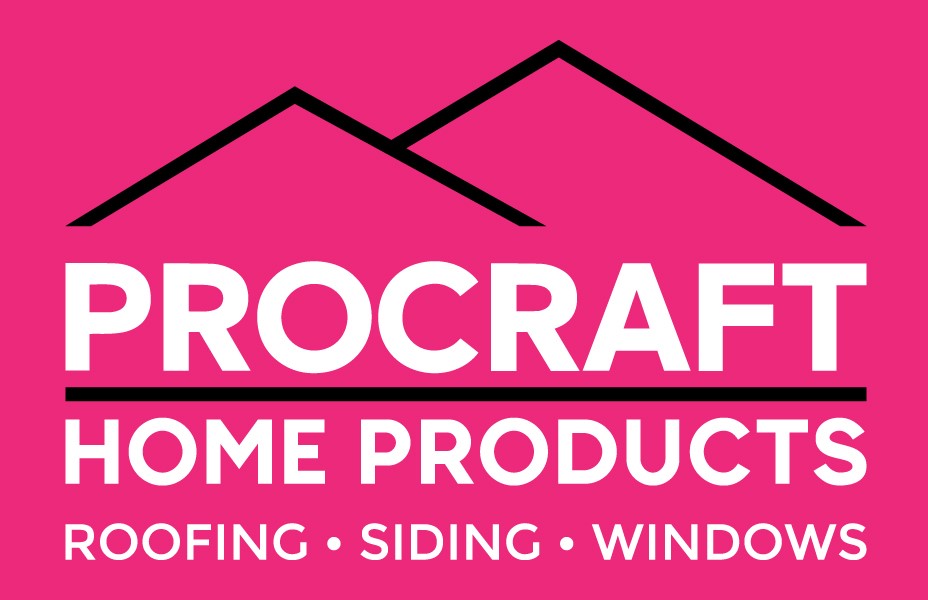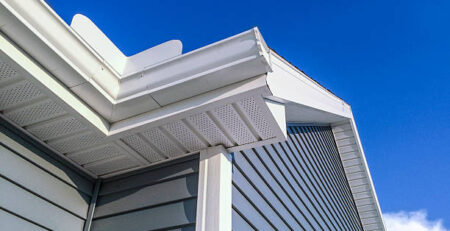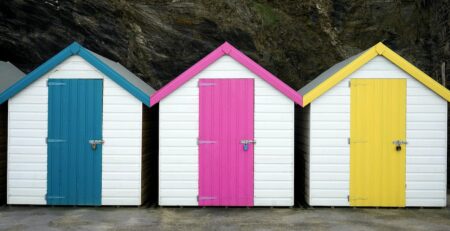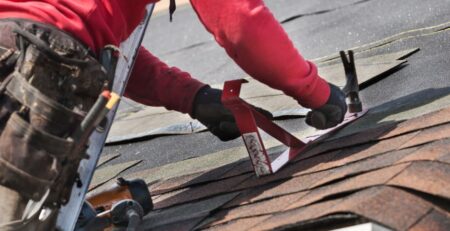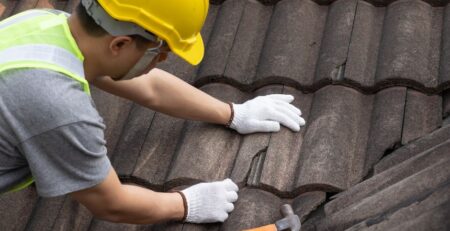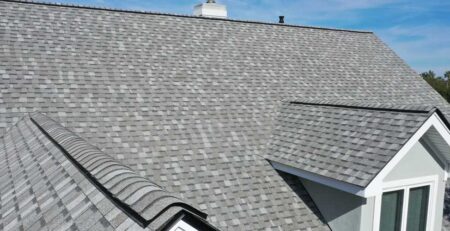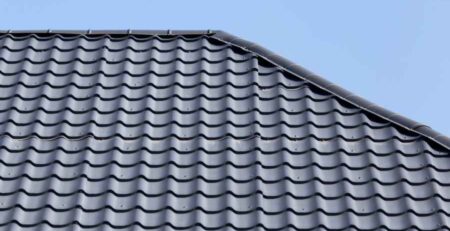How Roofing Underlayment Helps Protect Your Home
Roofing underlayment serves as a crucial protective layer, shielding homes from water infiltration and guarding against the damaging effects of mold, rot, and costly repairs. It is pivotal in providing structural support for roofing materials, preventing premature wear and tear on the roof deck. When installed by a skilled roofing contractor, it forms a tight seal around penetrations and edges, serving as a reliable waterproof barrier. This meticulous installation ensures protection against issues such as rot, mold, and structural harm, ultimately enhancing the longevity and durability of the roof.
This layer enhances energy efficiency, regulates heat, and safeguards the home against moisture infiltration. Its durability and weather resistance shield roofs from water damage, leaks, and mold growth, ensuring structural support and even weight distribution.
Importance of Roofing Underlayment
Roofing underlayment plays an essential role in protecting homes from water infiltration and ensuring the longevity of the roof system. Acting as a moisture barrier, the underlayment prevents water from seeping into the roof structure, which can lead to mold, rot, and other costly damages. Moreover, underlayment provides structural support by evenly distributing the weight of the roof’s shingles or tiles.
This helps prevent premature wear and tear on the roof deck, prolonging the life of the entire roofing system. Proper underlayment installation is pivotal to its effectiveness; it acts as a safeguard against water intrusion, offering an added layer of protection that contributes significantly to the overall durability of the roof.
Protection Against Water Damage
Proper sealing around penetrations and edges is essential to protect your home against water damage. Roofing underlayment plays a vital role in providing waterproofing benefits and moisture resistance. By acting as a secondary barrier, underlayment helps prevent water infiltration that could lead to costly issues such as rot, mold, and structural damage. High-quality underlayment materials offer superior moisture resistance, ensuring that any water that does breach the outer roofing materials is diverted harmlessly away.
To maximize protection against water damage, it is essential to install underlayment correctly, paying particular attention to overlaps and seals. Choosing the proper underlayment based on your climate and roof type can significantly enhance your home’s resilience against water intrusion.
Enhanced Insulation and Energy Efficiency
Proper selection and underlayment installation are essential to enhance insulation and improve energy efficiency in a roofing system. Underlayment acts as a thermal barrier, helping regulate heat transfer between a structure’s interior and exterior. By reducing heat loss in the winter and heat gain in the summer, underlayment contributes significantly to energy conservation within the home.
Moreover, underlayment is vital in moisture control, preventing water infiltration that can compromise insulation performance and lead to energy inefficiency. Choosing underlayment with superior moisture resistance properties further enhances its ability to safeguard the roof structure and maintain excellent energy efficiency levels throughout the year.
Safeguarding Your Home With Underlayment
When safeguarding your home with underlayment, our primary focus is on enhancing protection against moisture infiltration and maintaining energy efficiency levels throughout the year. Underlayment is essential in providing improved durability and weather resistance to your roof. Acting as an additional barrier shields the roof from water damage, preventing leaks and mold growth. This increased lifespan safeguards your home’s structural integrity and guarantees long-term cost savings.
Additionally, underlayment contributes to the structural support of your roof, distributing weight evenly and reducing the risk of damage during extreme weather conditions. Investing in high-quality underlayment is essential for fortifying your home against environmental elements and enhancing its overall resilience.
